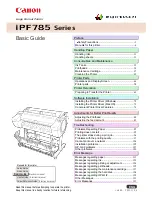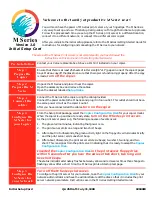
3-26
Service Manual
4069-XXX
Autocompensator Operation
The autocompensator is a paper pick device that generates its own
normal force. This force generation is inherent in the fundamental
design of the pick arm. If light media is used, it picks very gently. If a
heavy media is used, it picks very aggressively. No customer
adjustments are necessary, therefore no special trays are needed for
card stock or labels.
The gearing in the arm is designed so the input torque from the
motor produces a movement about the pivot of the arm. This
movement produces a downward force at the pick rolls. The friction
between the pick roll and the paper produces a frictional locking
condition. If the paper is physically held and not allowed to feed, then
the motor stalls. Slippage between the roll and the paper is
theoretically impossible. When the motor is energized the pick rolls
are driven down into the stack increasing the normal force and drive
force until the bending strength of the paper is overcome and the
paper bends and moves up the dam. Once this critical threshold is
achieved the normal force remains at a level just high enough to
reliably feed the paper. Rather than having a fixed spring force for
feeding all weights of paper like the D-roll, this device has its own
mechanical logic for producing only enough pick energy to feed a
single sheet of paper regardless of its stiffness.
High normal force is one of the most significant contributors to
double feeding paper. The pick arm is counter balanced by an
extension spring located on the pick arm to reduce weight in the rest
state. This spring is factory set to exert no more than ten to fifteen
grams on the stack. This is as light as can be realistically set and
always guarantee there is some force to start the autocompensating
phenomena. This spring is not to be considered an adjustment for
feeding problems unless it is obvious that the pick arm cannot fall all
the way down to the bottom of the tray or has come loose.
















































